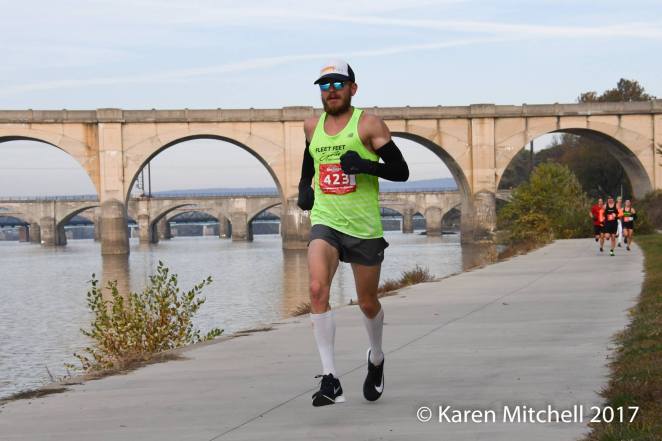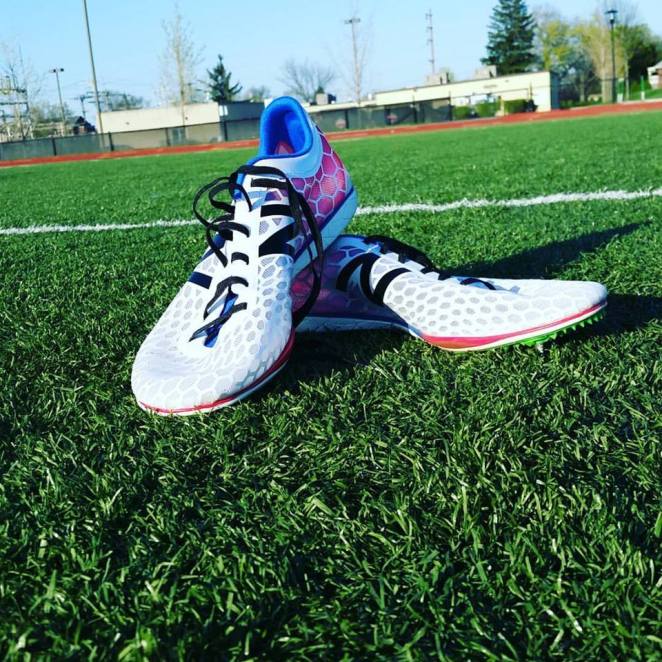Athletes focusing on strength and body building exercise have been drilled with the need for an increased protein intake in their diet. The focus is on hitting “macros” and making sure that their bodies are receiving all of the nutrients that they need. As the common wisdom has it, more protein equals more muscle. However, that may not be entirely true. Studies seem to suggest that untrained individuals initially need an increased protein intake to support protein synthesis, but soon the body becomes more efficient with its use of protein and protein requirements return to their original levels (Jeukendrup, 179).
Protein intake recommendations for strength athletes are about 1.6-1.7 g – kg b.w. -1day-1. This is compared to and endurance athlete with a recommended intake of about 1.2-1.8 g – kg b.w. -1day-1. If energy needs are met, neither group requires additional protein supplementation (Jeukendrup, 180).
However, even if there appears to be need no need for additional protein supplementation, there is also little to no danger for an athlete with normal-functioning kidneys. Special considerations for hydration must be made due to increased urinary output as a result of increased nitrogen excretion. Another difficulty with a high-protein diet is maintaining a positive-energy balance, especially with carbohydrates and glycogen stores. There seems to be a greater detriment from inadequate carbohydrate intake than any benefit from increased protein intake (Jeukendrup, 191).
Traditionally, these protein sources are animal-based, be it through meat or some form of milk-based protein. Animal proteins are considered to be “complete” proteins, in that they contain all of the essential amino acids needed for protein synthesis in the body. However, an increasing number of athletes (both strength and endurance) are rejecting animal-proteins in favor of a vegetarian or vegan diet. As highlighted in works such as Forks Over Knives and No Meat Athlete, there are many athletes who thrive on a plant-based diet and are more than able to meet their protein needs through plant-based nutrition. According to their research, humans do not need more than 10% of their total calories to come from protein, regardless of activity level. “If an average adult eats 2,000 calories, 10% is 200 calories from protein. If an average adult athlete eats 3,000 calories, 10 percent is 300 calories from protein (Lederman, 72).” This highlights that simply meeting energy needs through a plant-based, whole-foods approach also supplies adequate protein. In terms of “essential” amino acids, a varied plant-based diet supplies more than enough of those amino acids (Lederman, 70). These sources suggest that the “Garden of Eden” diet, that is, whole-food plant-based nutrition, should be more than adequate to meet all of our nutritional needs.
Frazier M, Romine S. The No Meat Athlete Cookbook. New York, NY: The Experiment; 2017.
Jeukendrup AE, Gleeson M. Sport Nutrition. Champaign, IL: Human Kinetics; 2010.
Pulde A, Lederman M. The Forks Over Knives Plan. New York, NY: Touchstone; 2014.


 The other week I had the privilege of running the 5000 at the York College Twilight Meet. It had been three years since the last time I had raced on the track, not since a disappointing track season in my senior year of college, and ever since then I had been dreaming of the opportunity to get out there and have another shot. This meet just happened to fall in the magic sweet spot between running and the Capital 10-miler and my final few weeks before the Pittsburgh marathon- I knew this would probably be my only chance to get a race on the track this spring.
The other week I had the privilege of running the 5000 at the York College Twilight Meet. It had been three years since the last time I had raced on the track, not since a disappointing track season in my senior year of college, and ever since then I had been dreaming of the opportunity to get out there and have another shot. This meet just happened to fall in the magic sweet spot between running and the Capital 10-miler and my final few weeks before the Pittsburgh marathon- I knew this would probably be my only chance to get a race on the track this spring.